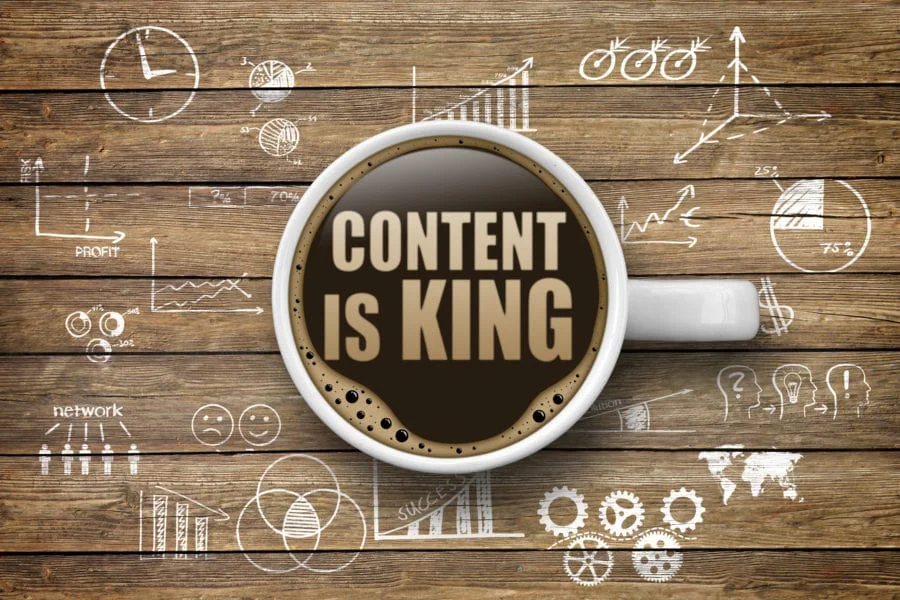How to Create Brand Strategy for the Digital Age?
UX. KPIs. Identity. Engagement. Userflows. “B-school” used to mean “Business School”. But there is now a prevalence of the term “branding and brand strategy” entering our collective business zeitgeist.
This is what we need to wade through the score of definitions out there: an entirely new school dedicated to the intricacies of branding — its identity, strategy and execution. Right?
Here, we give you a primer and break it down. Consider this a mandatory class, Brand Strategy 101.
What is Brand Strategy?
As a responsible general, you wouldn’t go to war without some sense of a strategy on how to win, planning for contingencies and context. Brand strategy follows this comparison: as a responsible small business owner that wishes to give their nascent entity a fighting chance in a competitive arena, it would be foolish to proceed without some sense of strategy.
So brand strategy, in a sentence, is the creation of a long-term plan that uses a business’s brand to accomplish specific and measurable goals, consistently. These could be sales goals. These could also just be “engagement” goals — how many people engage with a piece of branded content on a particular social platform.
Is it recognizable? Does there seem to be “loyalty” amongst customers?
One reason “branding” is such a slippery slope is because it feels so intangible. Branding is the collusion of multiple things, not just one. It’s not only your product, logo, website or name. It’s not only your colors and mission statement. A truly successful brand negotiates the poles between the quantitative — that which you can feel — and quantitative — that which you can measure.
The strategy articulated is an effort to pin this artistic endeavour into more of a science. If a small business can marry these two aspects, they can move from a mediocre and unmemorable identity to a household name of recognition.
The 7 Principles To Developing Killer Branding Strategy
1. What’s Your Why?

Most small businesses start off with “what” — they know what they are selling. A product or a service. But they should be starting off with their “why”.
People, says Simon Sinek, don’t buy what you’re selling. They buy why you’re selling it. Manufacturing something is not rocket science. Manufacturing a reason why someone should buy it is not only the height of salesmanship but it is the clincher when it comes to understand why your customer would purchase from you over all others.
2. Rinse & Repeat
Brand strategy done right takes elements of your small business — graphics, fonts, colors, catchphrases, logos and standards — and applies them to content creation. These can be proliferated across various social channels.
Want to build a presence on Instagram (because you’ve determined that’s where your buyers are)? Your brand’s strategy should involve such granular details as how often you will post content, how many follows you want to achieve in a month and the variation of “types” of posts (“quotes versus photos”, for example)
No matter what the specifics, it must all be done consistently and continuously if you hope to have some real data to work with.
Brand strategy is a feedback mechanism so without data and hard numbers, it’s difficult to justify changing elements of a company, pivoting, or building out new products.
3. Appeal to Emotion Before Logic

At its lowest point, Harley Davidson motorbikes were considered to be a total write-off. What staged their big brand comeback? Appealing to emotion before logic. The truth is that Harley Davidson was suffering immense market cap loss and the company was hemorrhaging dealerships.
But their motorbikes changed the face of American riding when the brand shifted focus: the company appealed to the brand’s connection to old American nostalgia, biker culture and transformed Harley Davidson not only into something functional as a bike but connected it to a previous era, a piece of American history.
There was nothing logical about the storytelling here. Harley Davidson’s powerhouse brand comes from the evocative connection bikers feel to a sense of implied, shared, cultural history and identity.
4. Go With The Flow
Small businesses hoping to build a powerhouse brand must also be prepared to be flexible and go with the flow. If you want certain elements of your brand to be visually recognizable, don’t be afraid to shake things up when you’re running targeted campaigns.
One set of your key demographic may respond to different aspects of your brand. So harness that variation by segmenting your campaigns and keeping the brand fresh.
5. Who Moved My Cheese?
We’re not talking about the popular book by Spencer Johnson entirely because change is not at stake here. Employee involvement is. Employees who feel invested in a company are the ones that take pride in following the cheese, if you will.
When employees feel not only vested in the business itself but speak its language, exude its internal and external culture and are proud to represent their company both at work and off — that is to say, they genuinely believe in their business’s business, that’s part of a brand’s strategy and success.
6. Put another way: it’s working!

A company that nails this? Starbucks. The next time you walk in, notice how baristas and shift managers at Starbucks buy only Starbucks coffee, are dedicated to Starbucks merchandise, know the ins and outs of their brews and are relaxed enough that they converse to customers like they would their friends.
7. A Customer’s Best Friend
Speaking of friends, loyalty is one of the key aspects to building a powerful branding strategy. Small businesses that can accurately convey all of the above on a consistent basis to their focused target market will eventually capture loyalty.
Why do filmmakers prefer a Red camera over a Canon, for example? Loyalty to Red’s merchandise is not only in the quality of the product because Canon sports a similar quality product.
Here, loyalty is all about meaning. Filmmakers who shoot on Red have an instant emotional connection with the [i]art[/i] of filmmaking. To shoot on a Red means you are a filmmaker dedicated to his craft, not simply an amateur fiddling with fancy equipment.
Content is King… But Context Is God

Which leads to competitive edge. Small businesses must recognize that their size is one of their obvious strengths that are often taken for granted. They can fail often and fail fast with relatively little consequence.
Working these previous 6 aspects of branding strategy means they can maintain a competitive edge over their competitors in a similar niche. Done right, they can move in and take over another business’s market share if they can articulate their message in a consistent manner.





